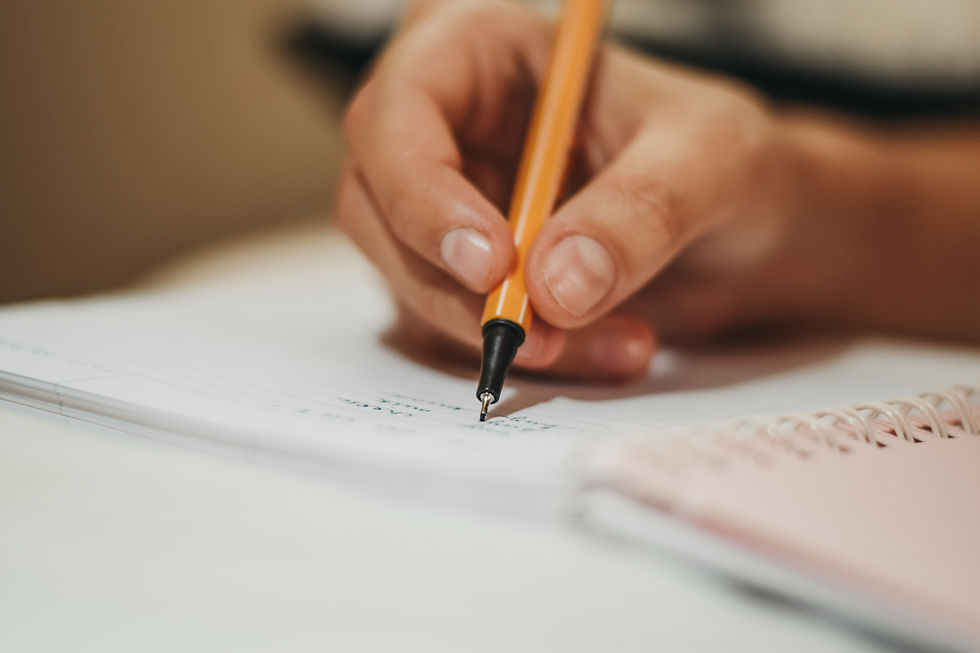Pitta Patta Balance your Vata!
- togetheryogasg
- Mar 31, 2022
- 2 min read
This week we finish our four part Ayurvedic medicine series by looking at what is known as the main dosha, Vata. We discuss what Vata means, look at common traits of Vata dominant people, the physical and mental effects of a Vata imbalance and finally a look into how nutrition and exercise can be used to balance this dosha.

What is Vata dosha?
The main elements of Vata dosha are air and space. Vata is considered the king of the doshas; this form of energy is responsible for circulation, respiration and the nervous system – so pretty fundamental!
How can you spot a Vata dominant person?
Those with predominant Vata are described as slim, energetic and creative. They are known for thinking on their feet and for multi-tasking. They can often find it hard to concentrate and can be distracted easily.

Vata imbalance
Too much Vata can cause someone to be forgetful, anxious and to feel unstable or overwhelmed. On the physical side of things, a Vata imbalance may cause trouble sleeping, irregular appetite or eating patterns, digestive issues and poor circulation (cold hands and feet).
Using nutrition to balance Vata

To address the poor circulation, Vata’s are encouraged to eat warm and soft foods (berries, bananas, peaches and cooked vegetables). Oats, brown rice and lean meat are also recommended. Vata dominant people should try and avoid bitter, dried, and cold foods (raw vegetables, cold desserts, dried fruit, nuts and seeds).
Exercise for Vata’s
Vata’s are highly active "on the go" people and so their physical exercise should reflect this - running, cycling, yoga and tai chi are consistent with the type of exercise a Vata dominant person will enjoy.
If you sometimes suffer with anxiety, poor sleeping and eating patterns and circulation you may be a predominant Vata and may like to try these nutritional and exercise suggestions to see if you feel more balanced in yourself.
Namaste
Kim





Comments